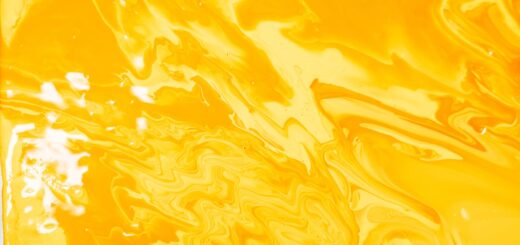Unveiling the Mysteries: Different Types of Psychedelics and Their Effects
Psychedelics—once solely associated with 1960s counterculture—have resurged in the 21st century, not only as recreational substances but also as objects of scientific intrigue for their potential therapeutic uses. This article delves into various types of psychedelics, discussing their effects and intricacies.
Primarily, psychedelics are a class of drugs that cause profound alterations in perception, mood, and cognitive processes. The effects of these substances include hallucinations and an altered perception of time and space. Several types exist, including LSD, psilocybin mushrooms, DMT, mescaline, ibogaine, 2C-B and other research chemicals.
Lysergic acid diethylamide, more widely known as LSD, is perhaps the most iconic psychedelic. Synthesized in the 1930s, LSD interacts with the serotonin receptors in the brain, influencing mood, sensory perception, sleep, hunger, and body temperature. Its effects include hallucinations—seeing or hearing things that aren’t there—dilated pupils, increased heart rate, and heightened sensory experiences, which can last up to 12 hours.
Next, we delve into “magic mushrooms”, which contain the psychedelic compound psilocybin. Psilocybin is converted into psilocin in the human body, which battles with serotonin for the same receptors, leading to altered perceptions and emotions. The effects of psilocybin mushrooms are remarkably similar to LSD, including hallucinations, spiritual experiences, and alterations in perception and time.
Dimethyltryptamine, or DMT, is a potent, short-acting psychedelic naturally occurring in certain plants. The effects of DMT are intense but typically short-lived, ranging from 5 to 45 minutes when smoked. Sensations include powerful visual and auditory hallucinations, a feeling of transcending time or space, and a sense of euphoria, mysticism, or deep spiritual insight.
Mescaline, taken from the Peyote and San Pedro cacti, is yet another potent psychedelic. Ingesting mescaline generates vivid hallucinations, deep introspection, and altered perception of space and body image. It has been used for centuries in Native American spiritual rituals.
Ibogaine, a psychoactive substance derived from the African iboga plant, is traditionally used in spiritual practices. Rather than the hallucinations noted in other psychedelics, ibogaine tends to produce dream-like states, memory regression, and introspective experiences.
2C-B, a member of the 2C family of phenethylamines, is known for its spectrum of effects—some psychedelic, some akin to MDMA. It induces alterations in consciousness, brightening of colors, laughing fits, and intense emotional swings. A dose of 2C-B retains effects for 4-8 hours.
Last, but certainly not least, are research chemicals—psychoactive drugs that are not traditionally categorized. These substances—also known as designer drugs—include variations on established compounds, like NBOMes (a derivative of mescaline) and 5-MeO-DMT (a variant of DMT). The effects of these research chemicals can vary widely based on the specific substance, but they frequently include hallucinations, euphoria, heightened sensibility and intensified visual stimuli.
All these substances represent a fascinating field of research, offering untapped therapeutic potential and novel experiences. However, one must be aware of their potency and the profound changes they can induce in perception and mood. Psychedelics should be handled responsibly, ideally under the supervision of informed professionals.
Psychedelics have indeed come a long way from their notoriety in the ’60s, evolving from counterculture staples to subjects of medical research. As science continues to unravel their mysteries, we inch closer to harnessing their holistic potential, beyond just hallucinations and altered perceptions.


